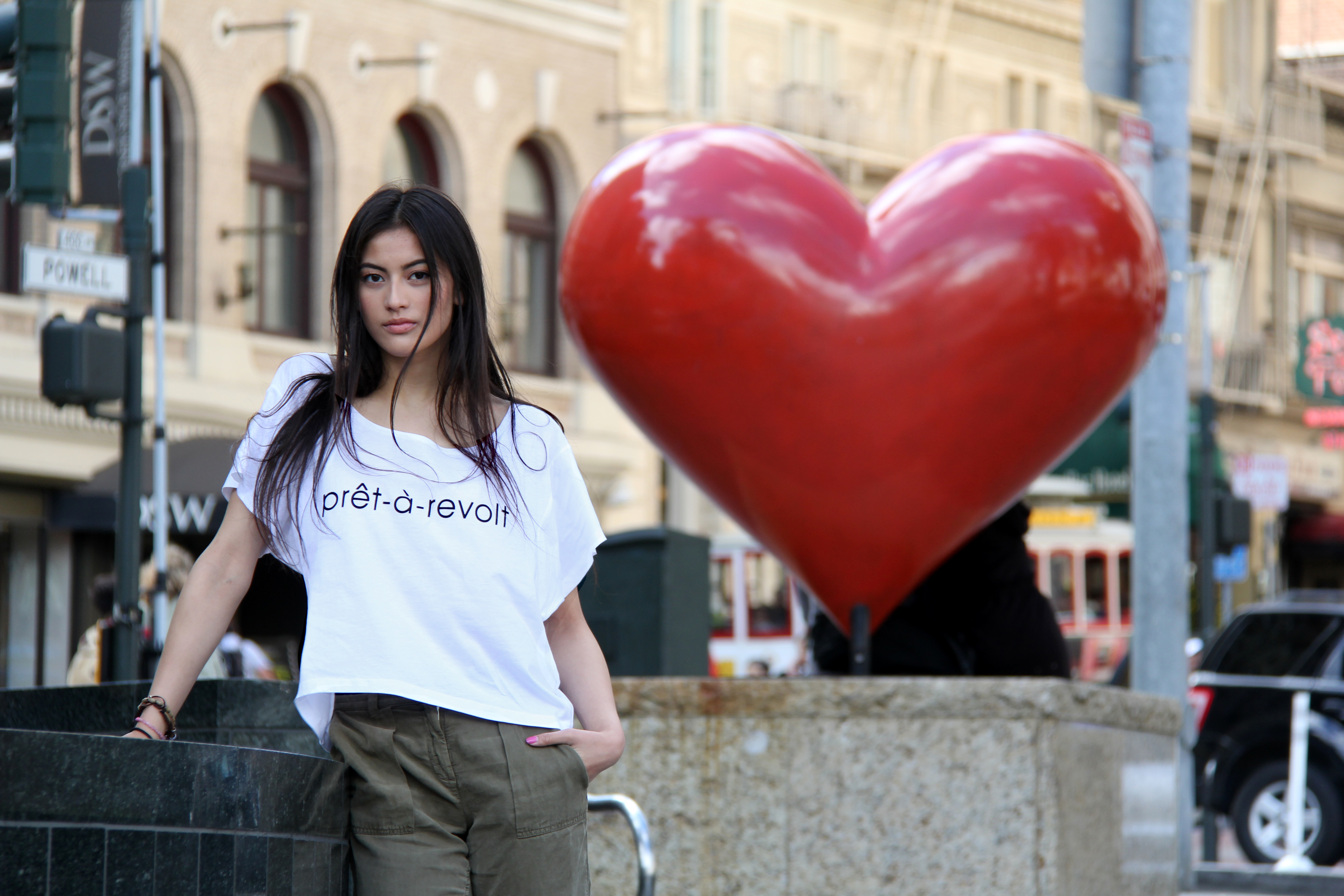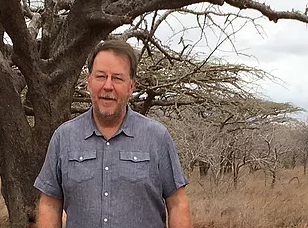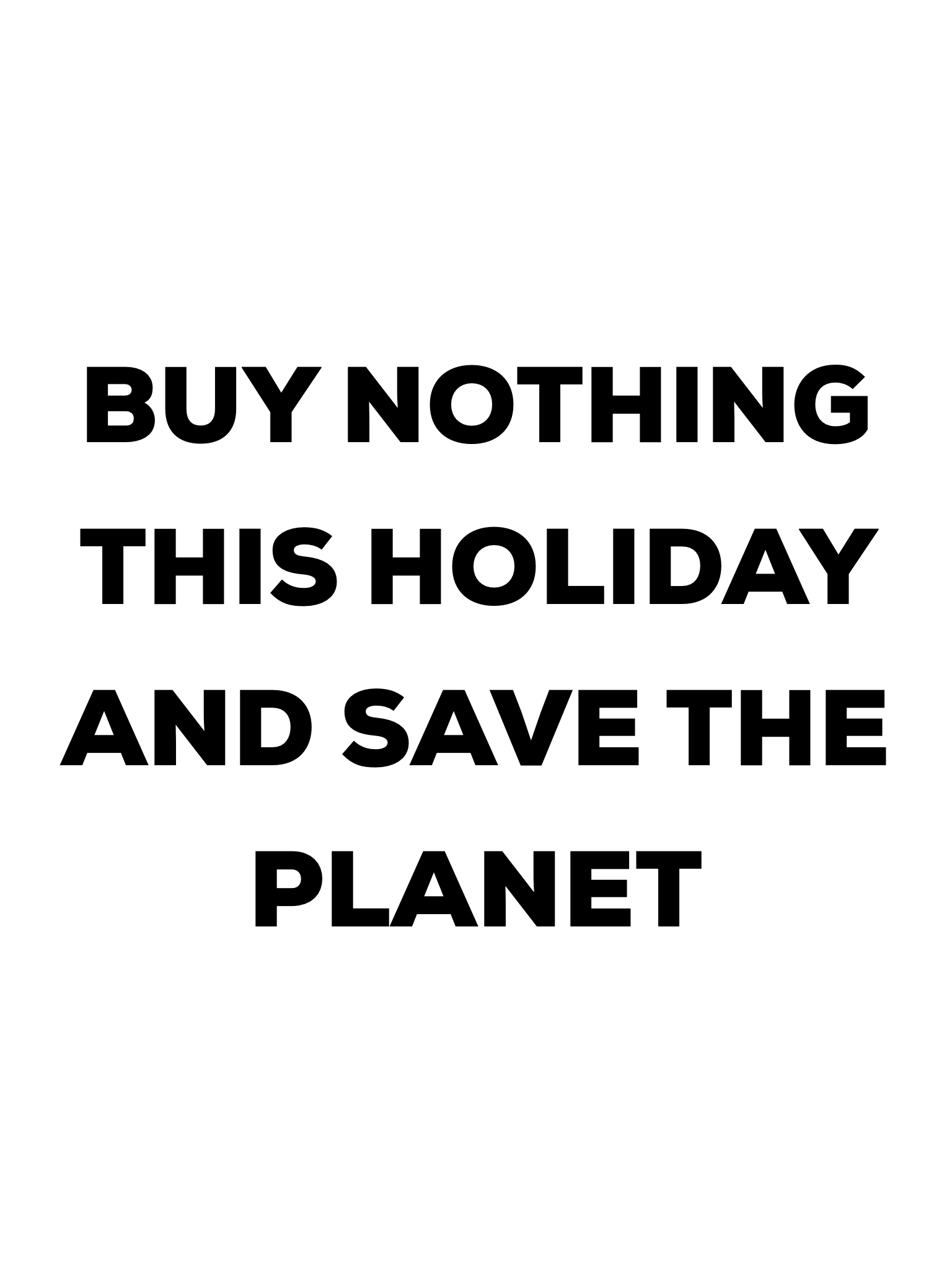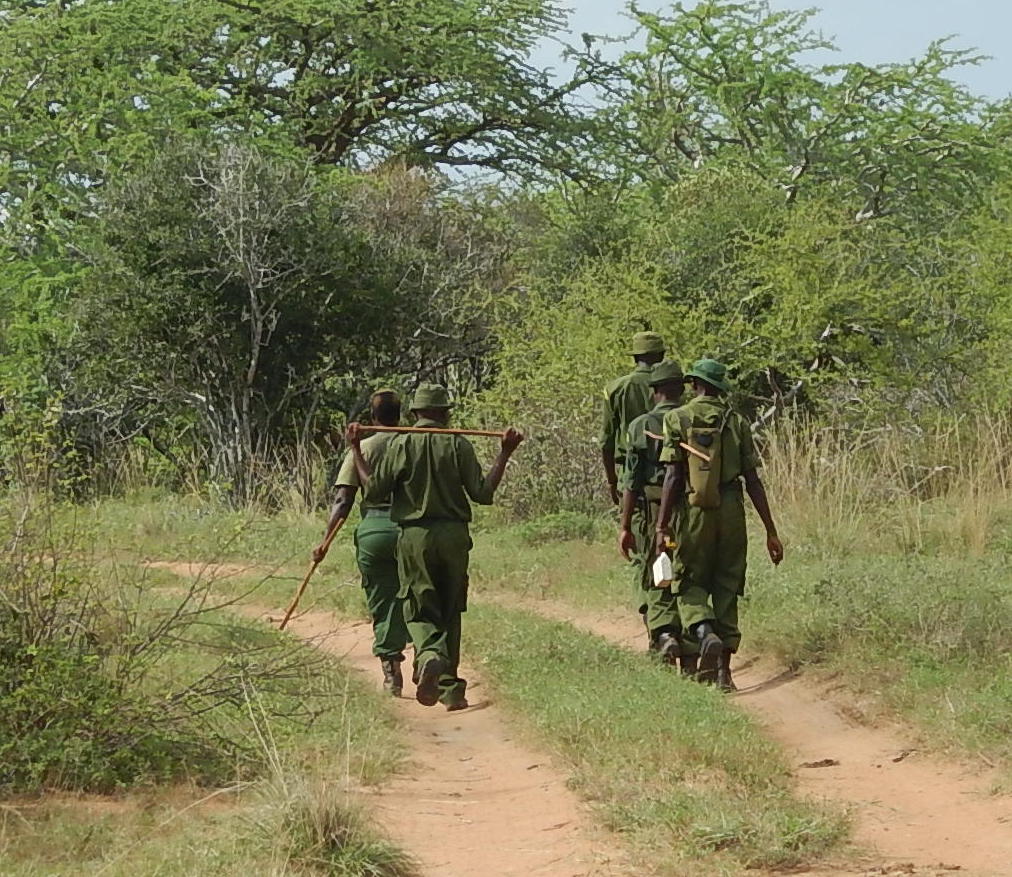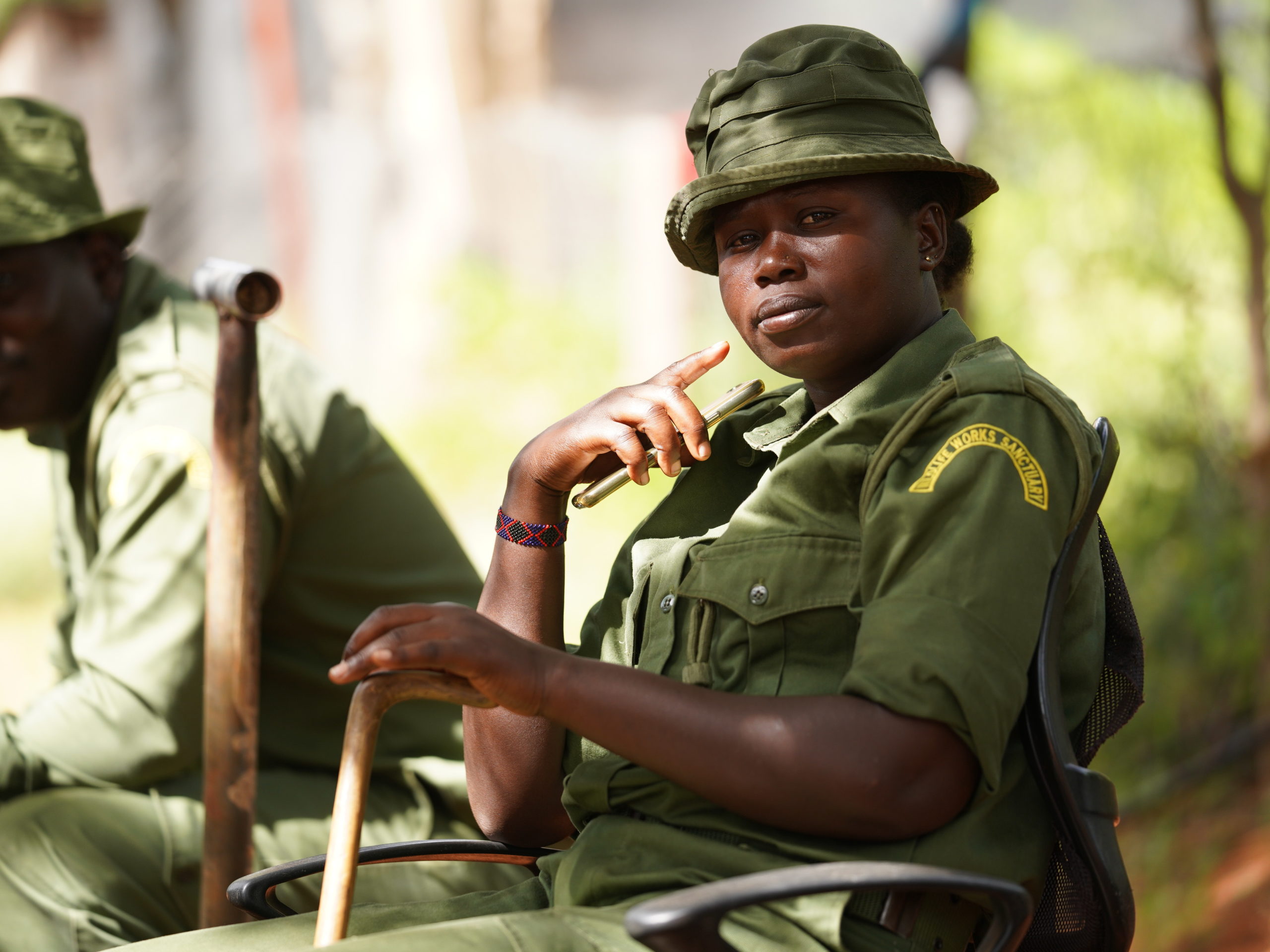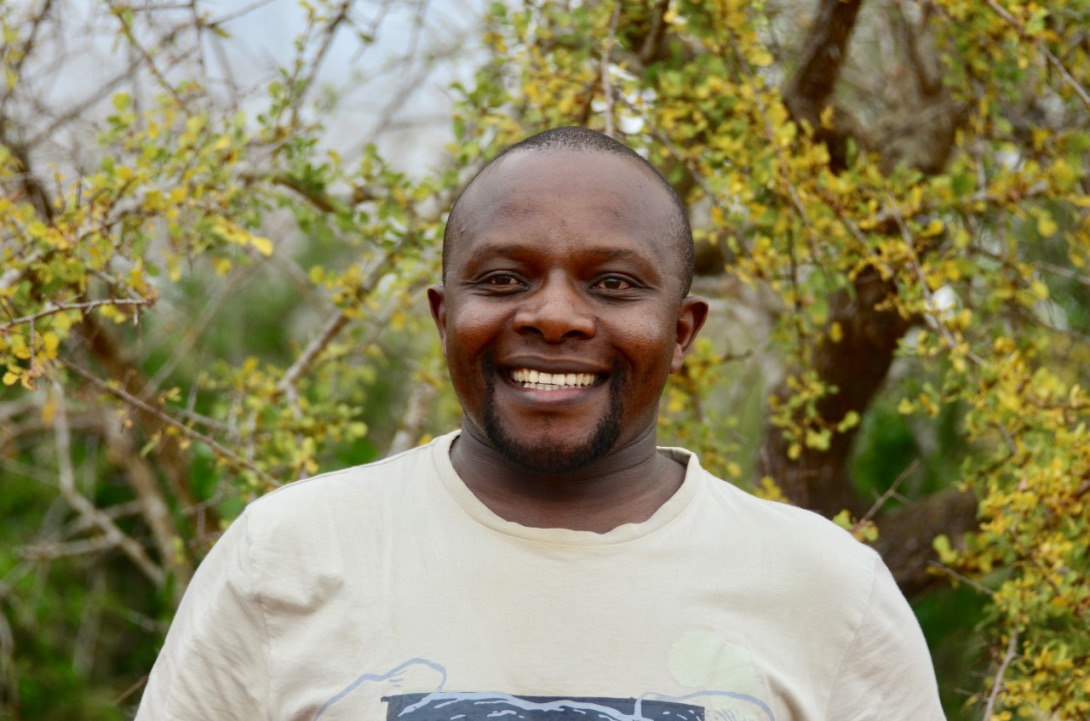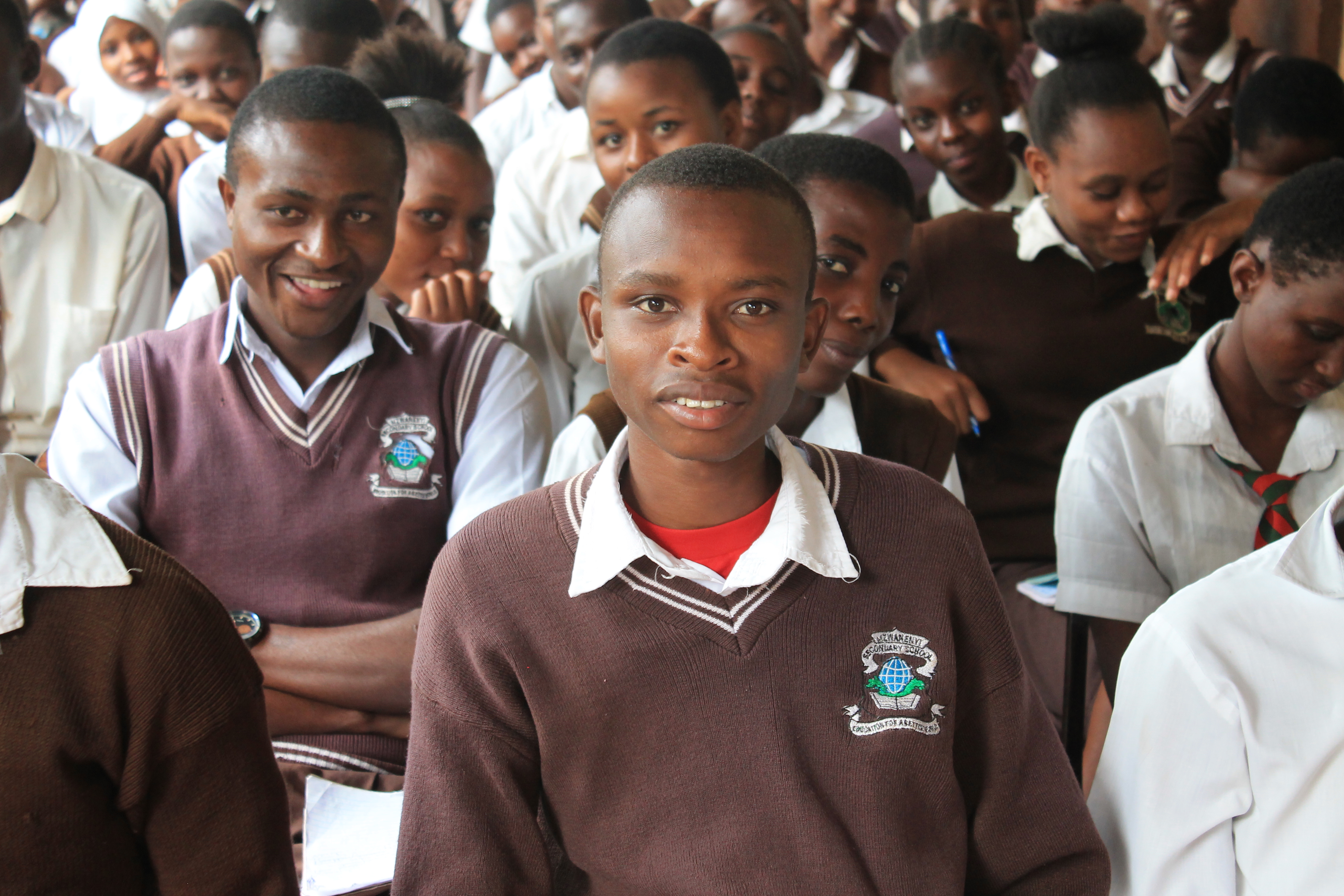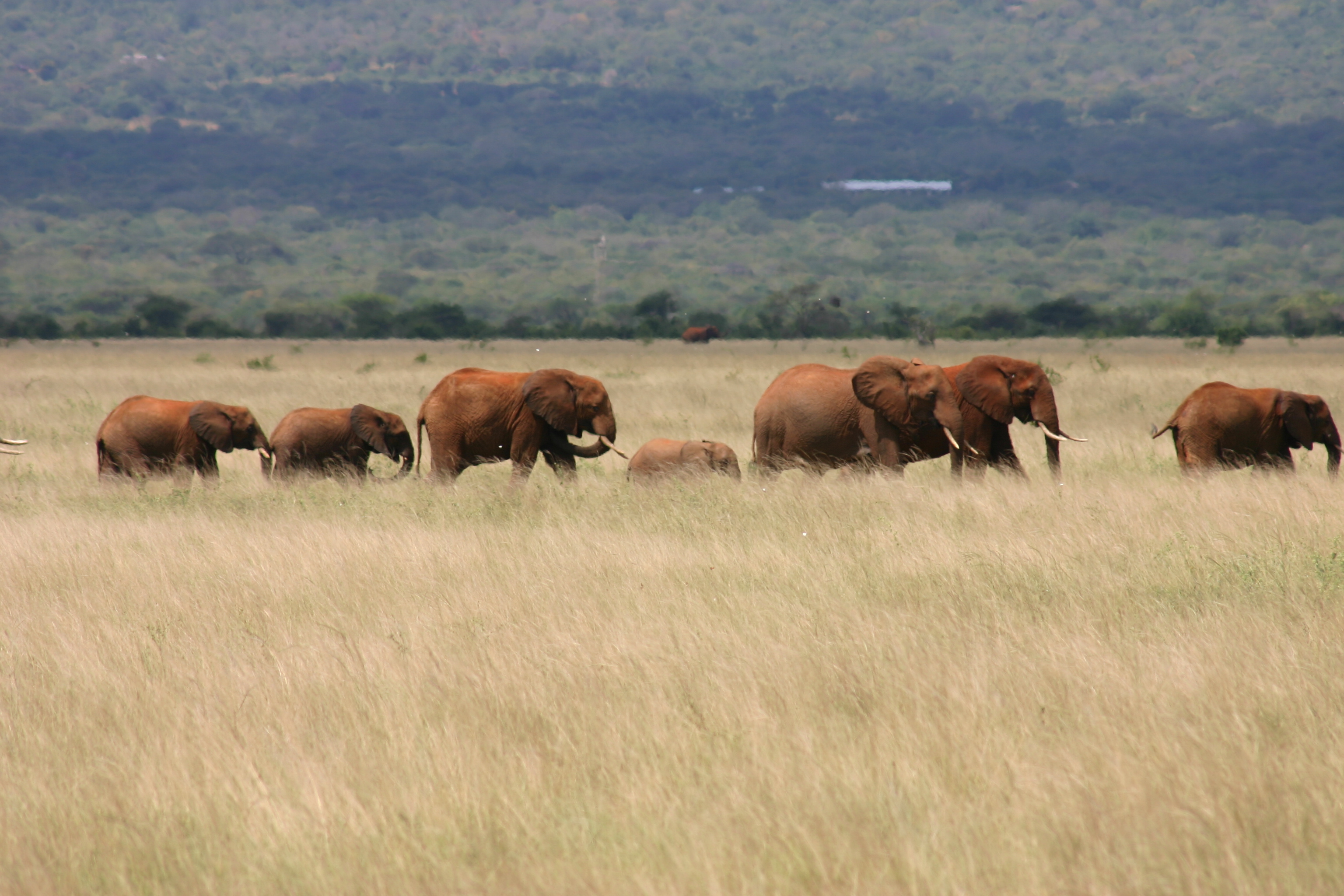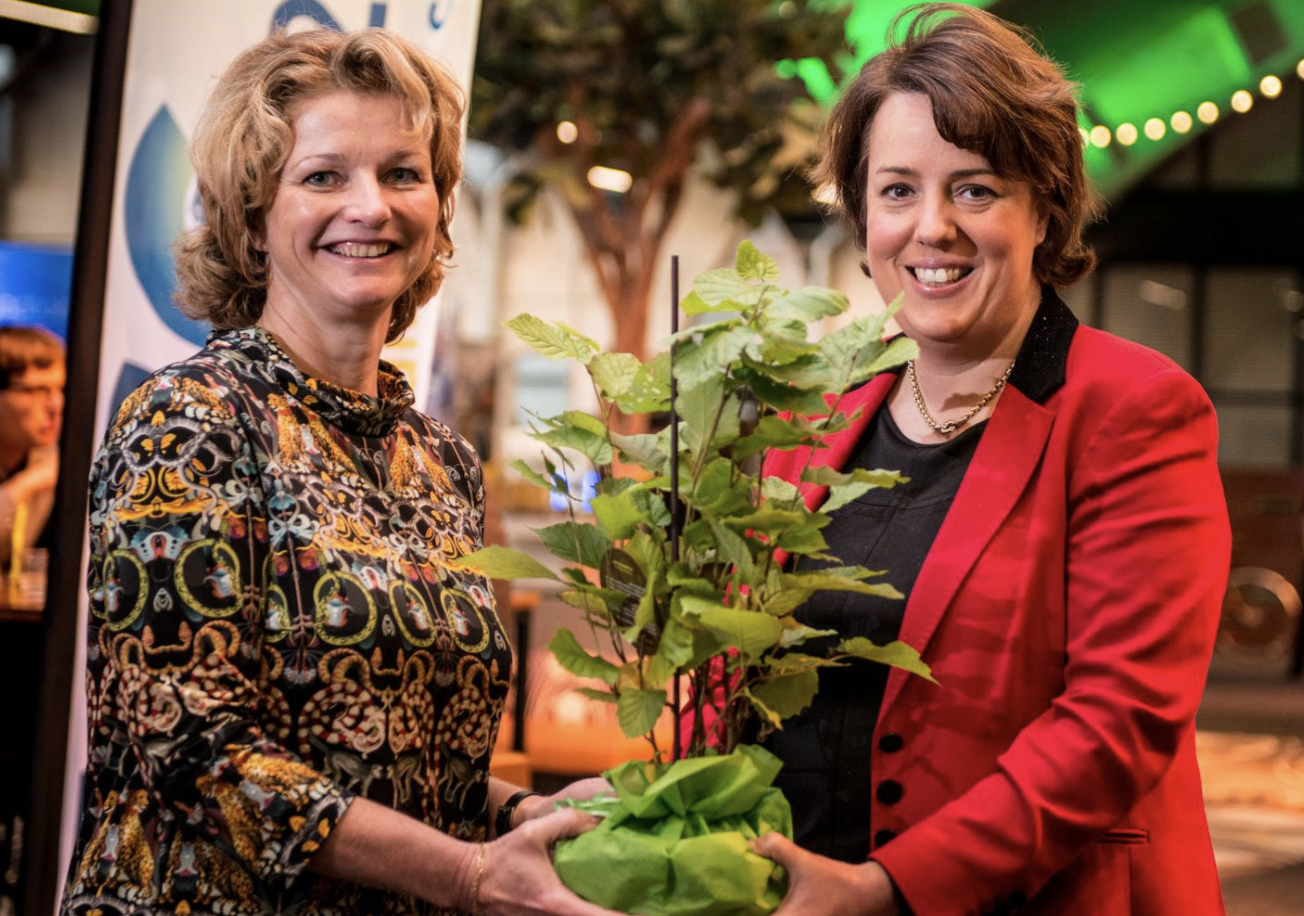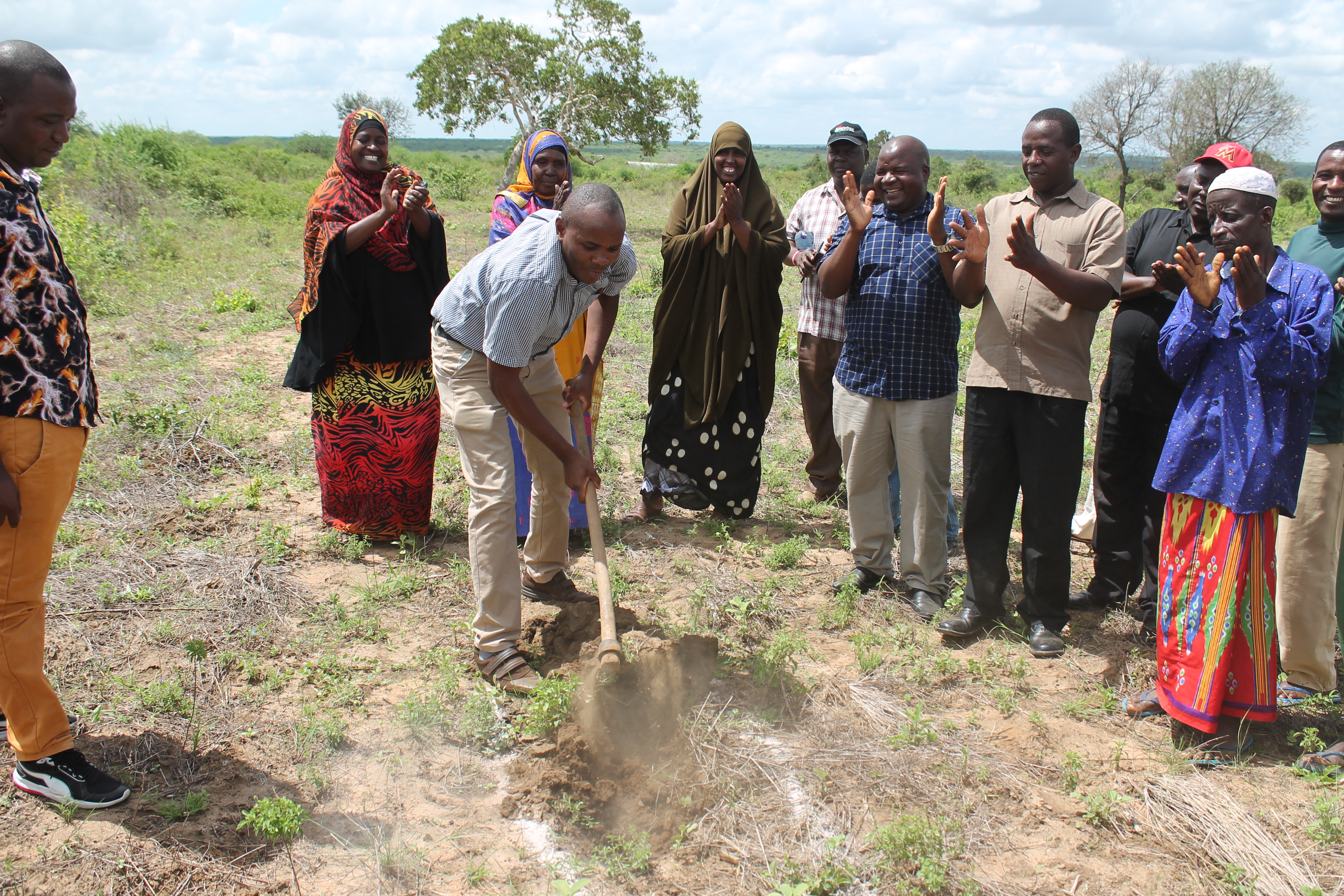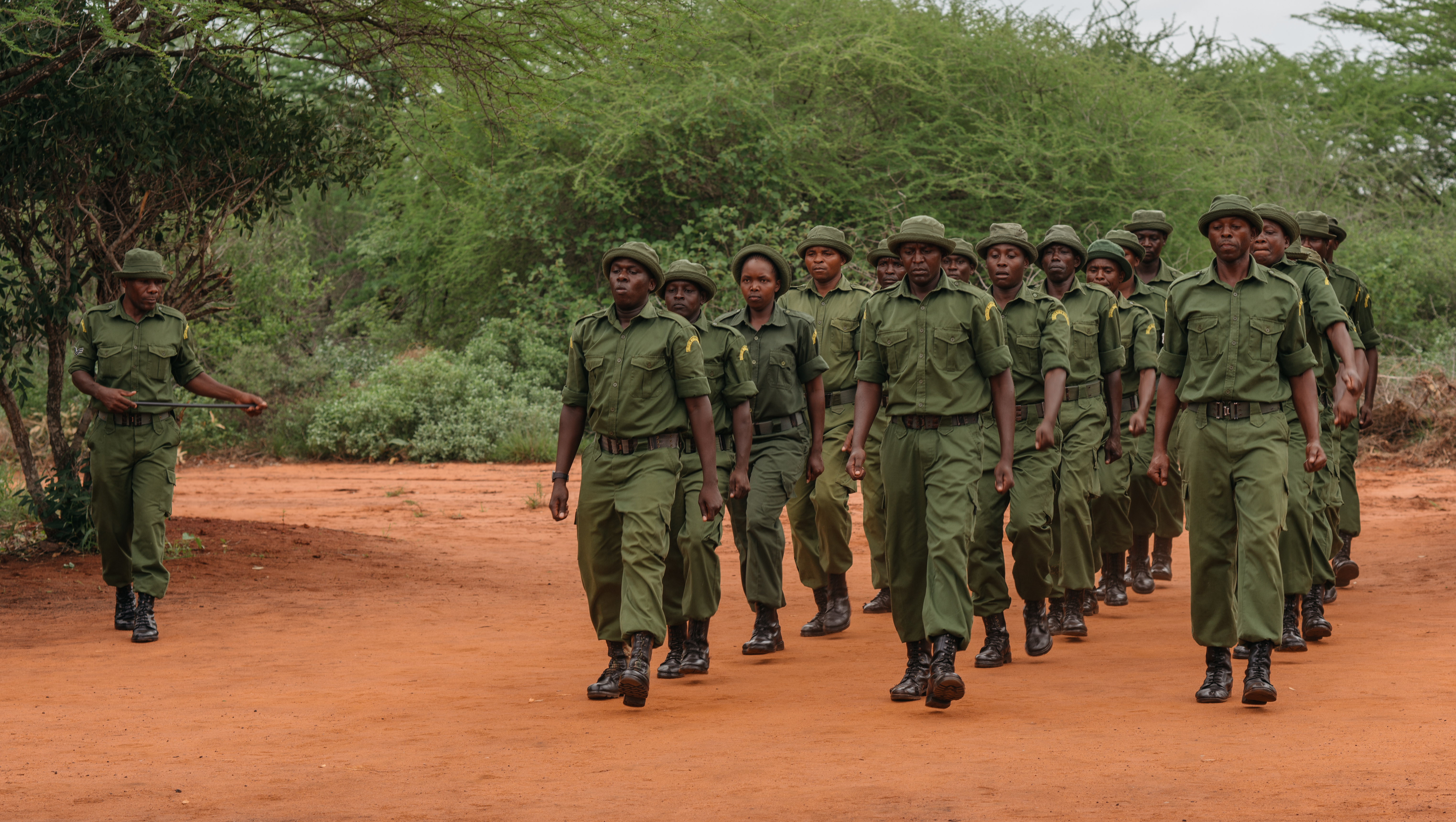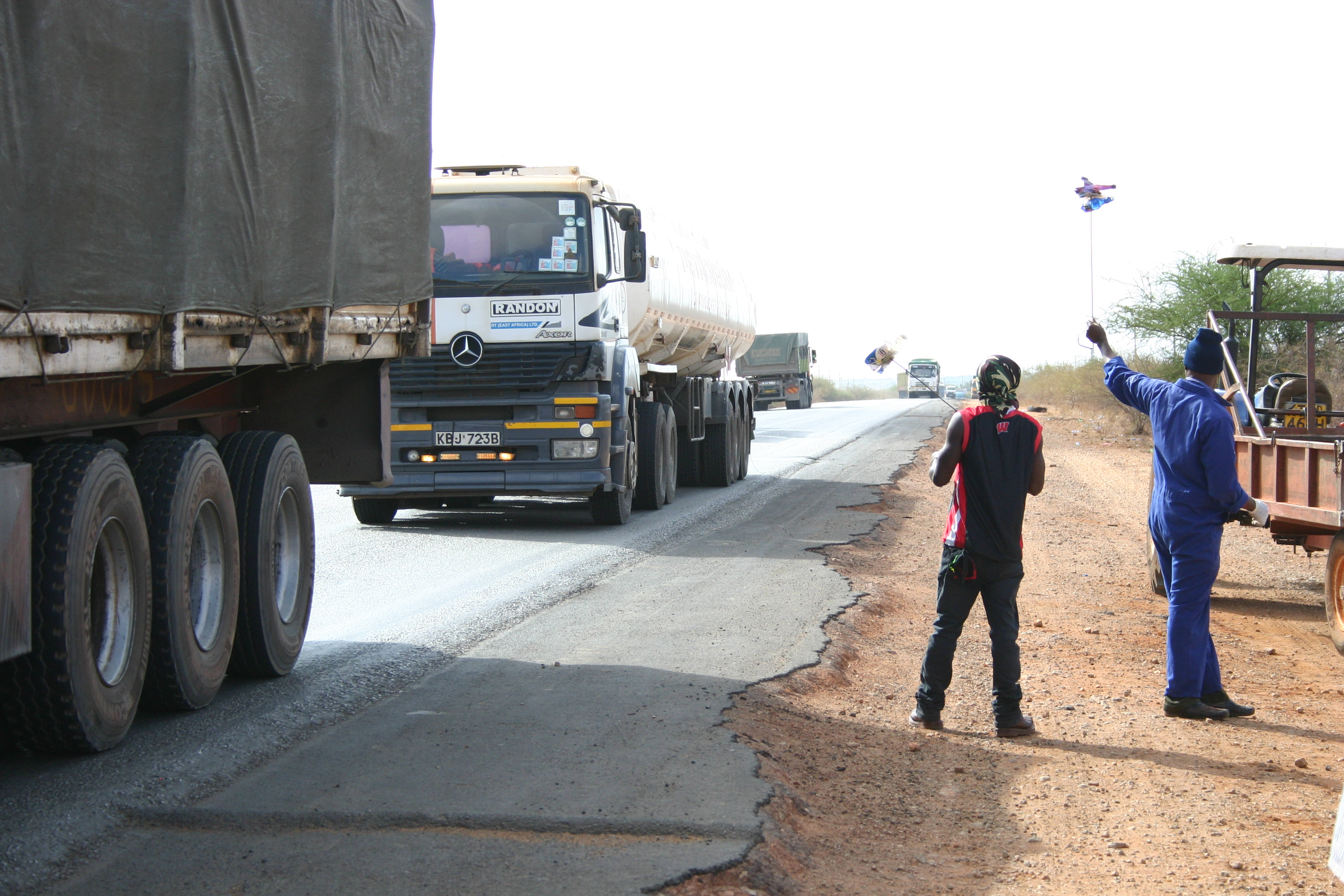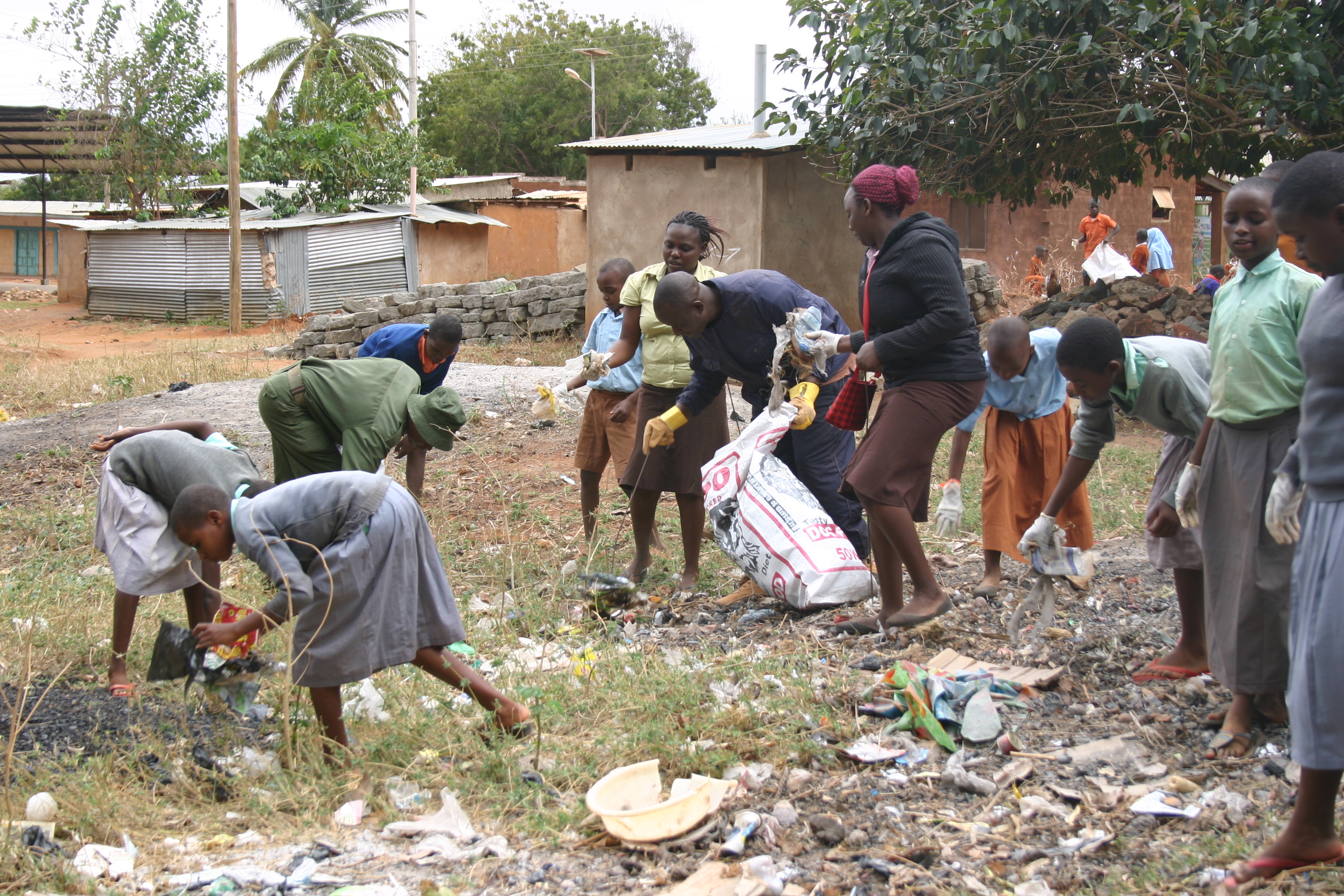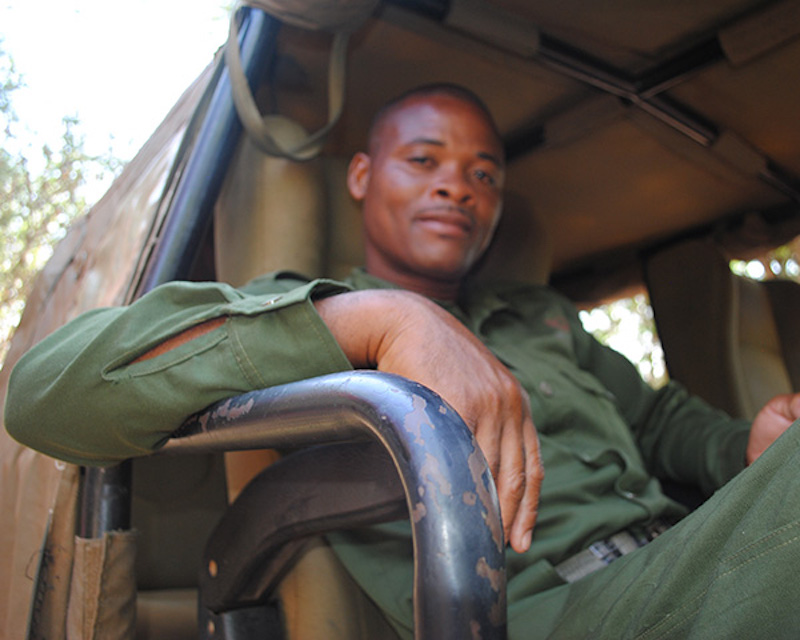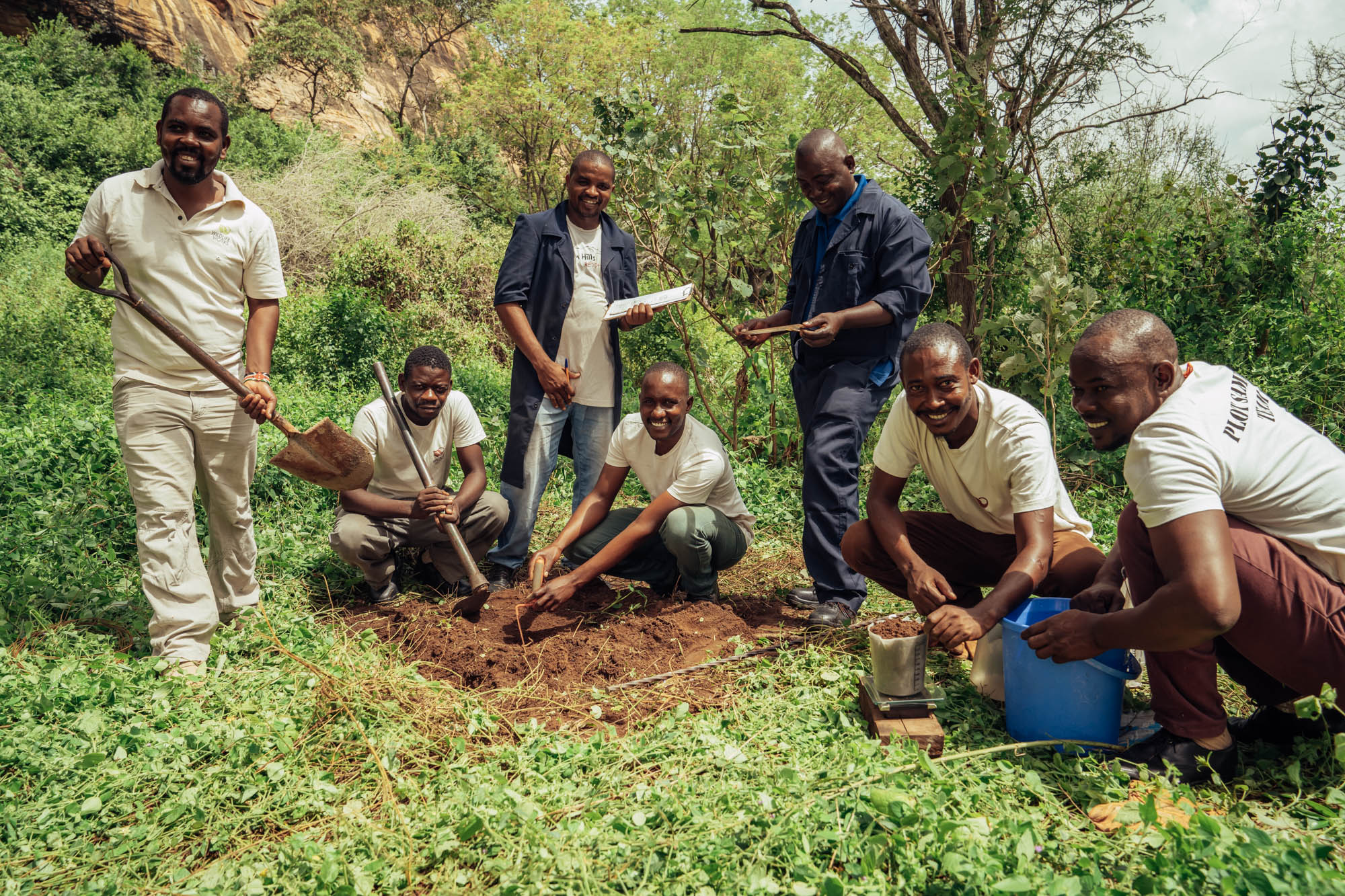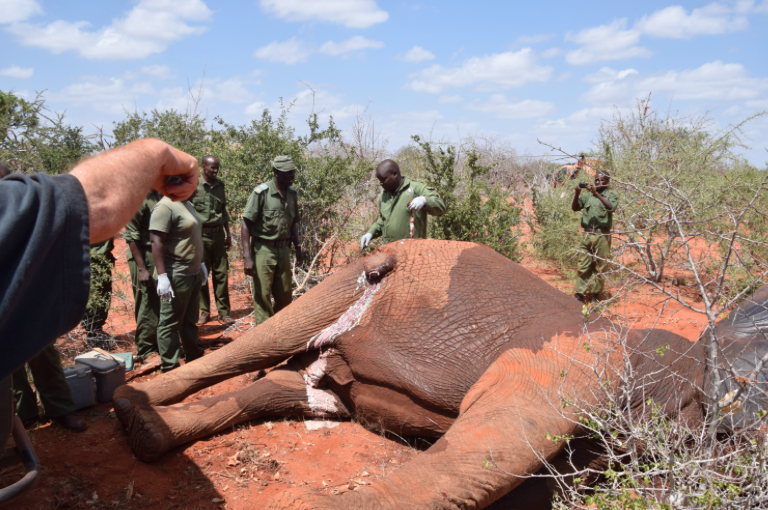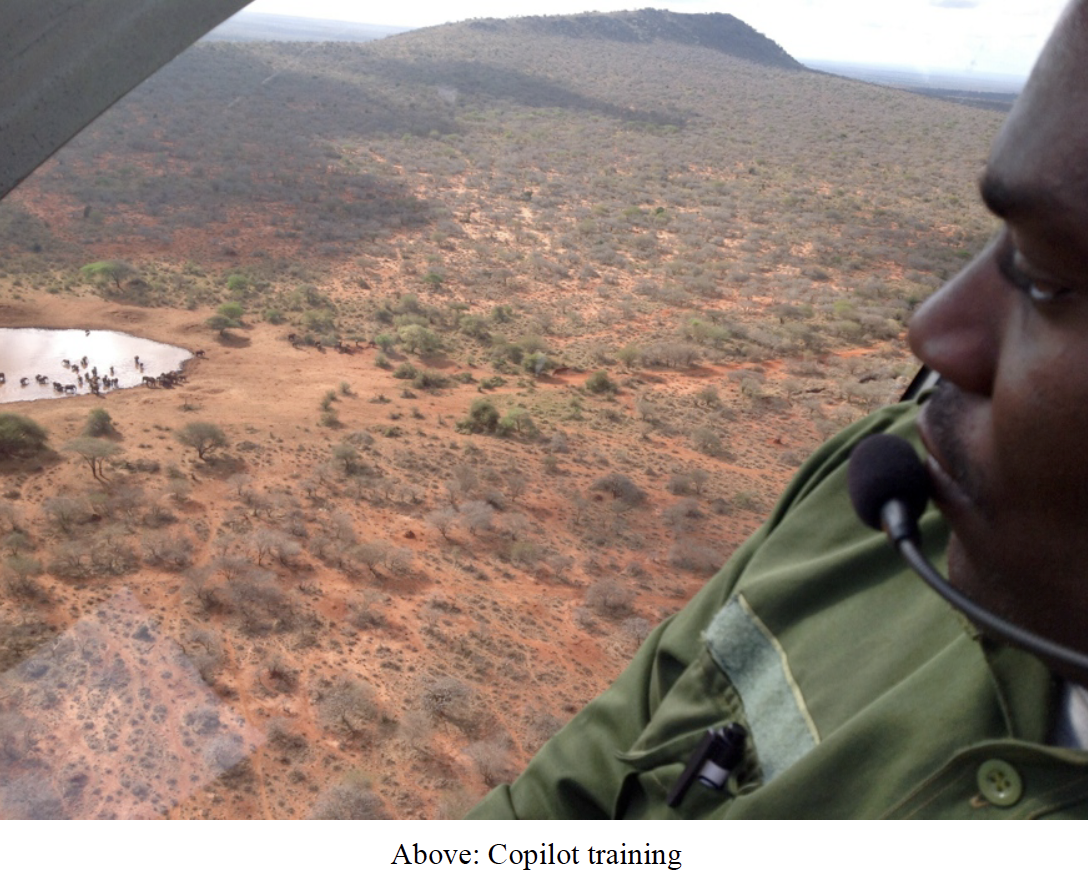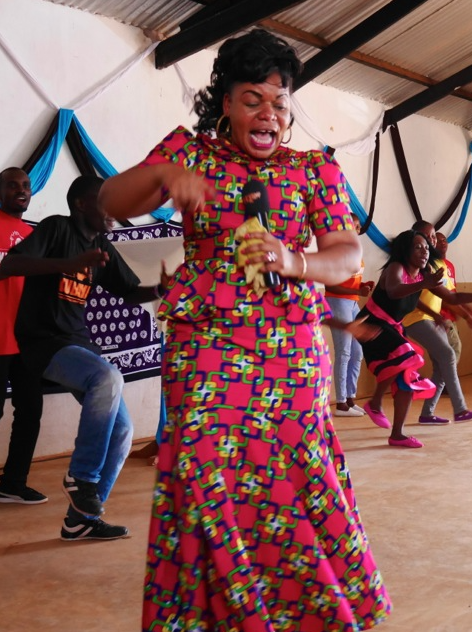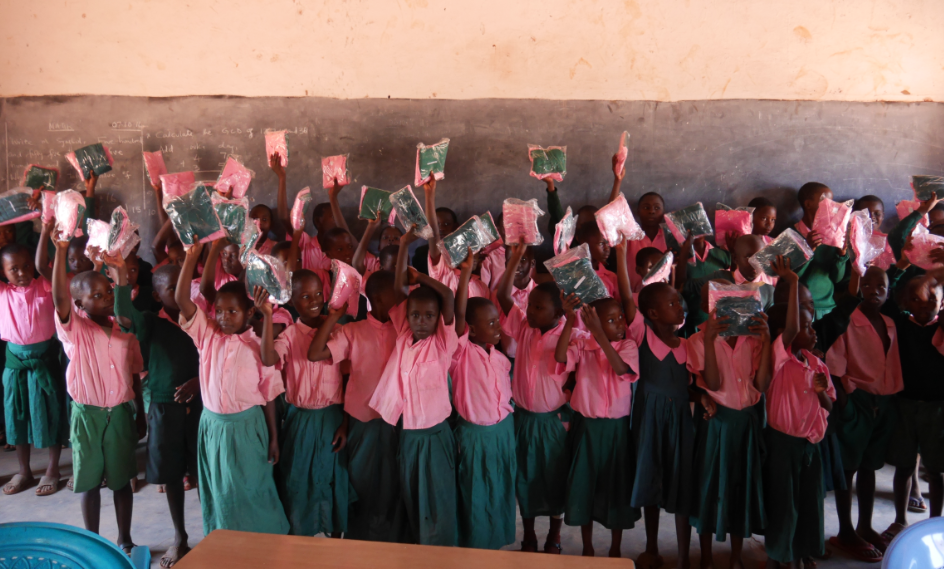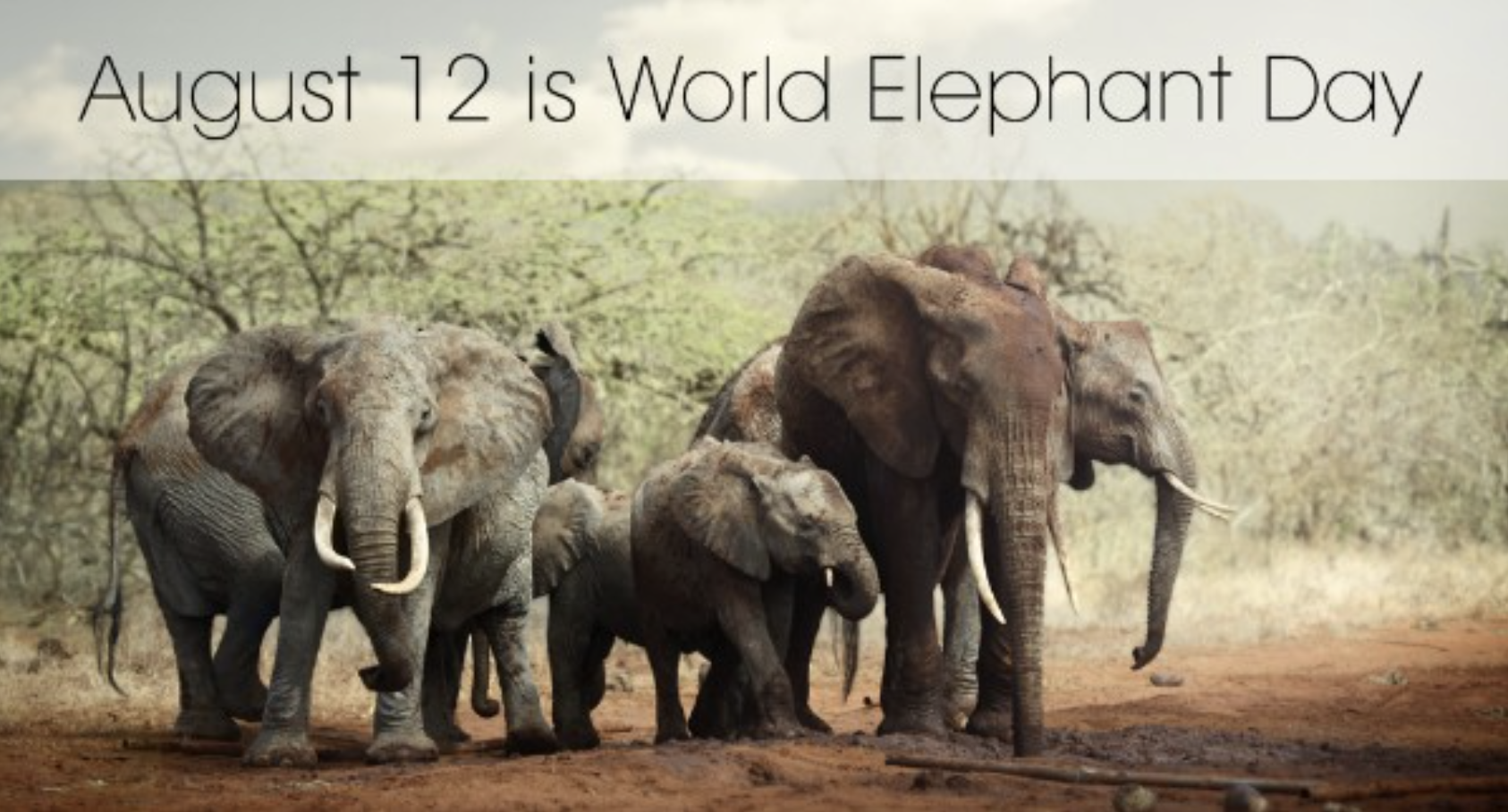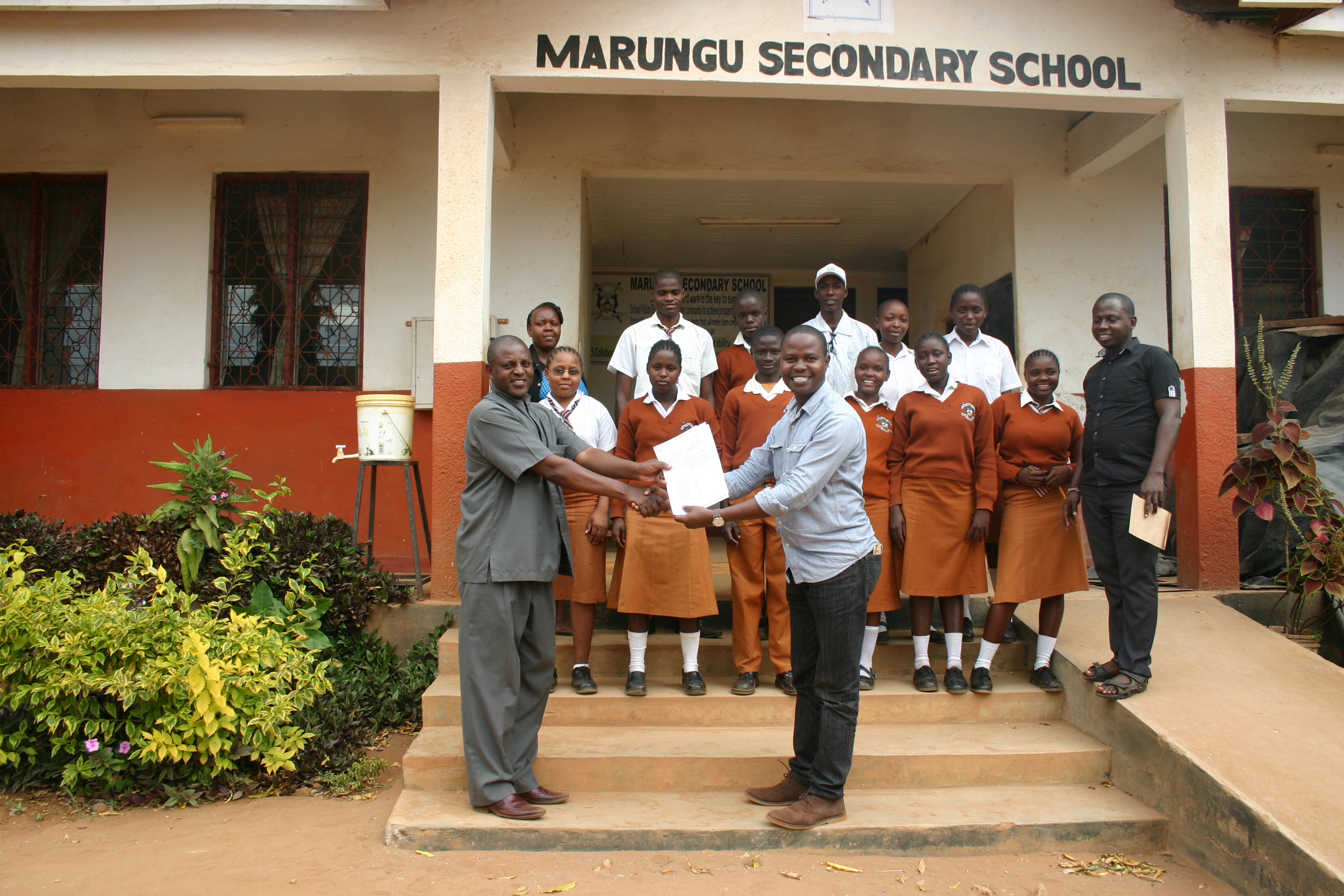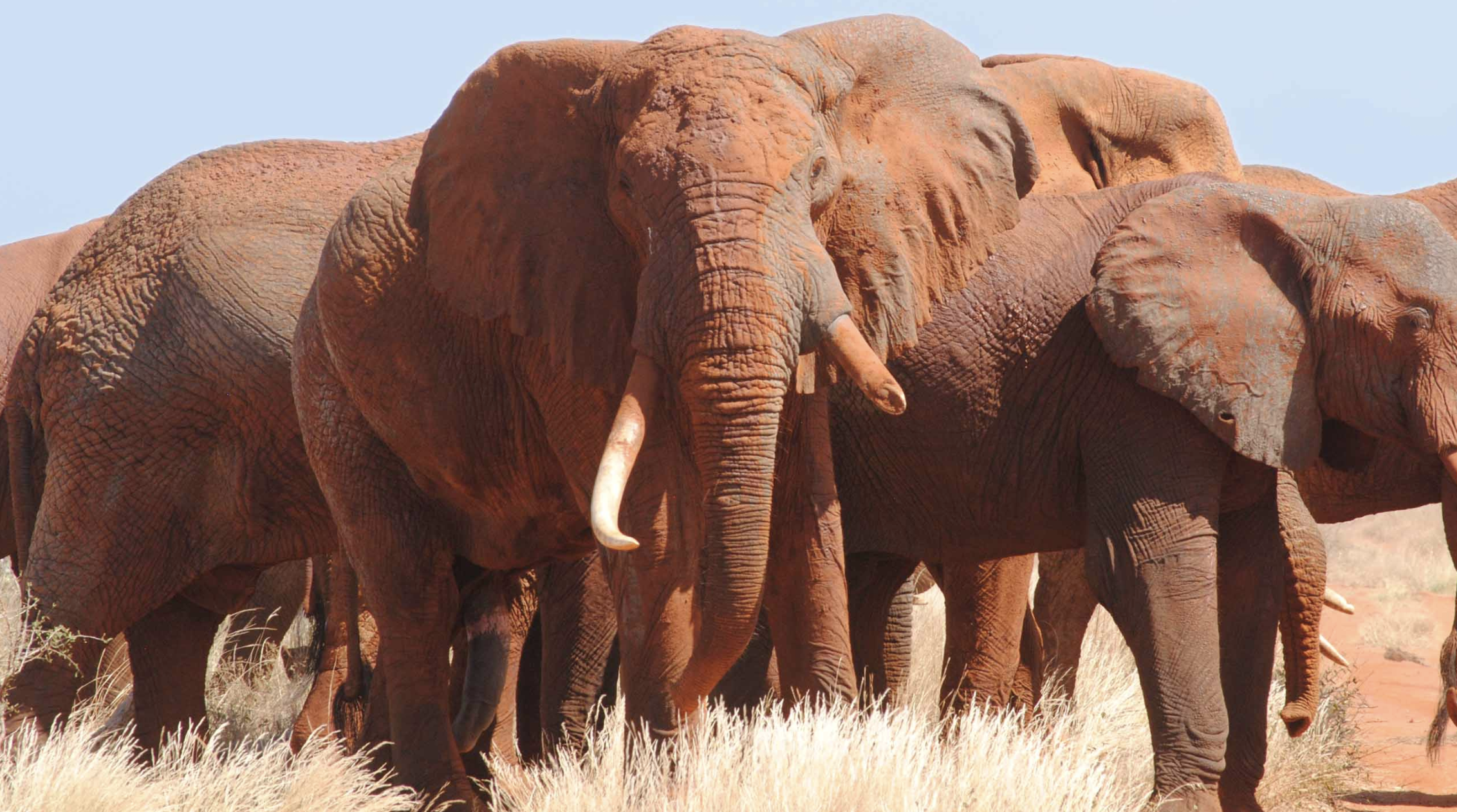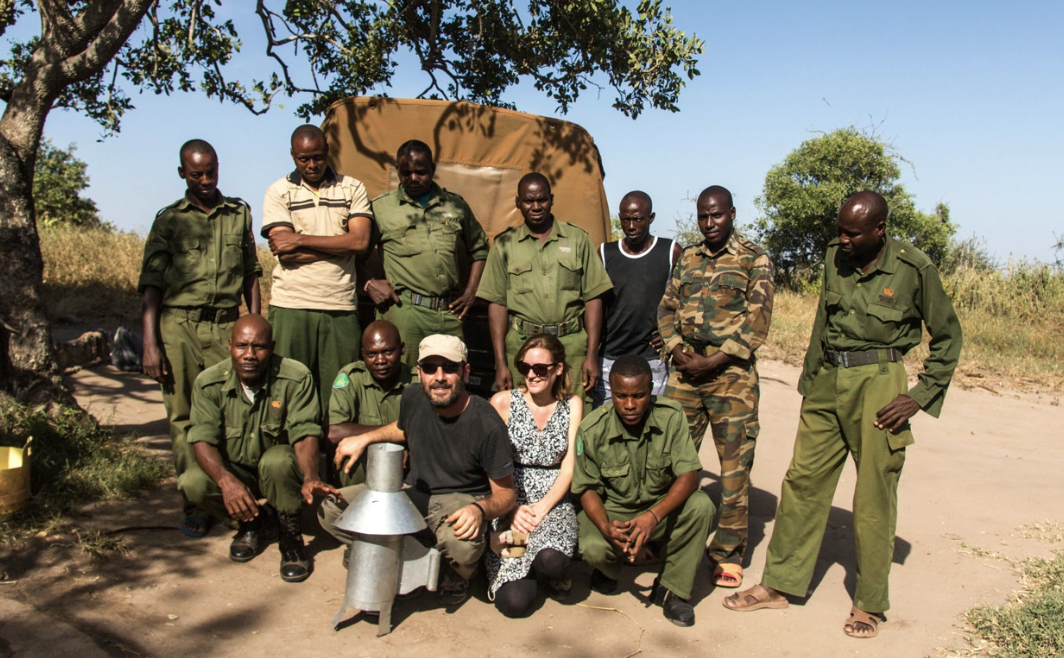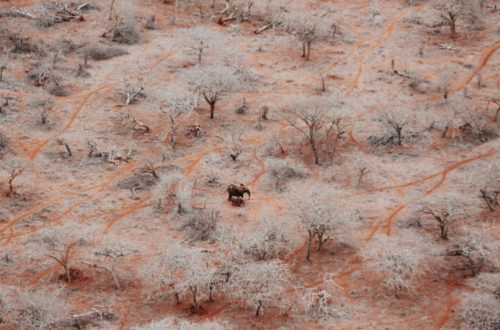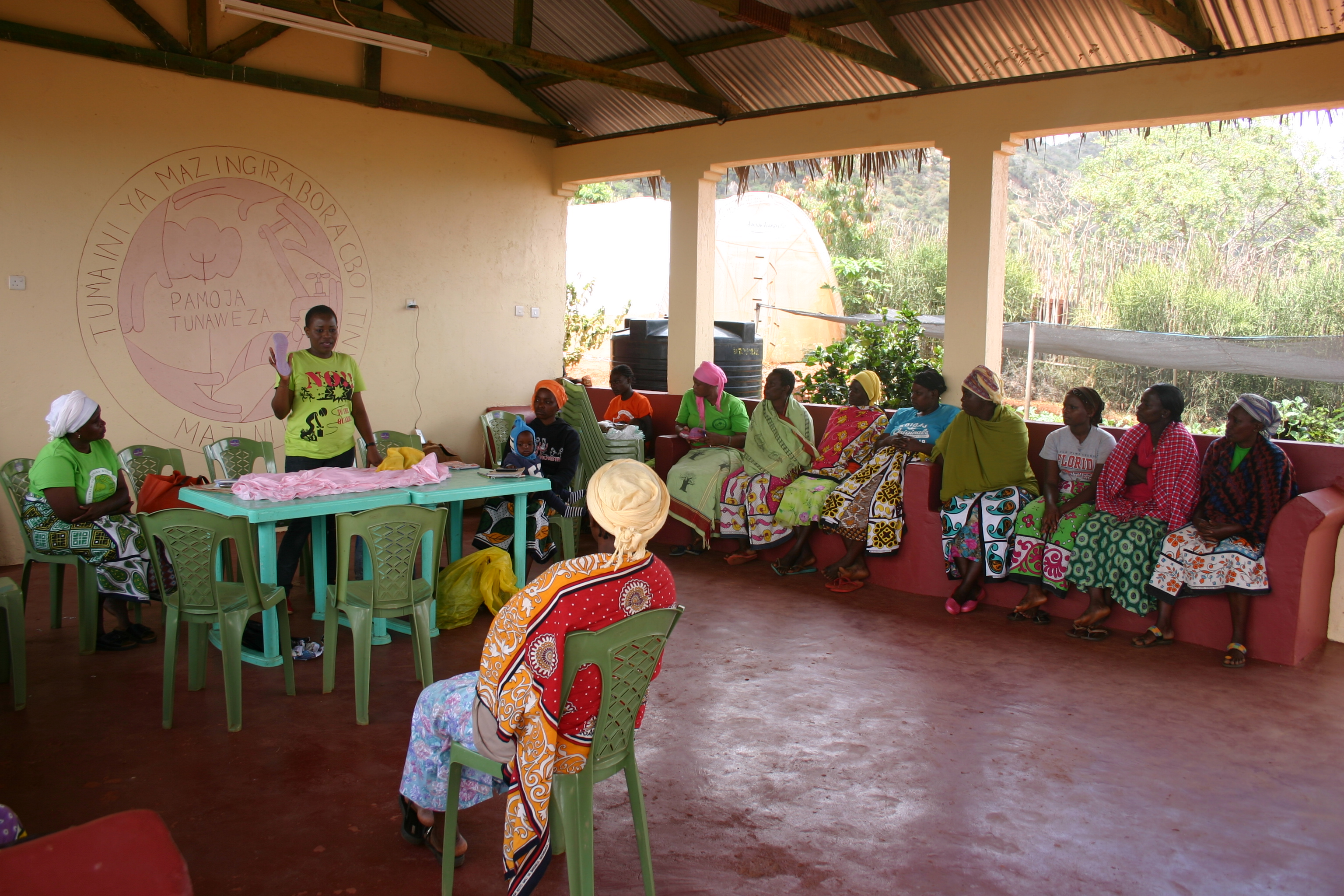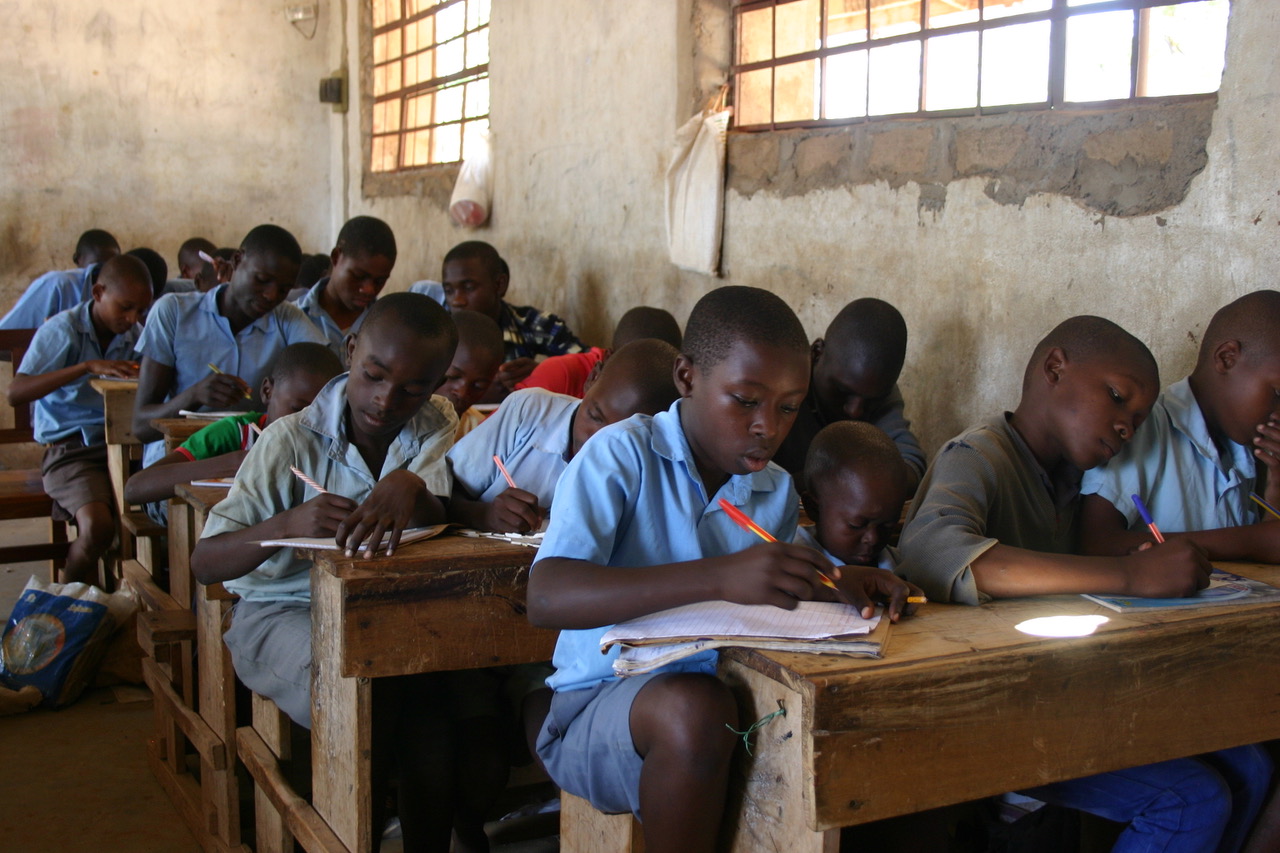-
De la Forêt: Meet Mathieu Bolaa, Wildlife Works Head of Biodiversity for the DRC
At the Mai Ndombe REDD+ Project in the Democratic Republic of the Congo, the Wildlife Works Biodiversity Team works to protect wildlife.
-
Searching for Signs
By: Jacqueline Jobin Wildlife Works Intern Jacqueline Jobin, is a student from the University of Minnesota in the United States. As part of her time interning with Wildlife Works, she has been observing and learning about each department within the project. Jacqueline spent a day out with the ranger department to get to know more about the project area and the animals within the conservancy. One of my first days interning with Wildlife Works, I had the opportunity to experience a day in the life of the rangers. At sunrise I jumped in the back of the land cruiser, surrounded by rangers in green uniforms, and watched as the sun…
-
Human Wildlife Conflict; Reducing Tension Between Communities and Elephants
By Jane Okoth When Erick Sagwe, the Head Ranger at Wildlife Works, receives frantic phone calls from the local community about elephants invading their farms, he knows it’s time for him and his team to brace for a long night. “We receive phone calls from community members asking us to help drive away the elephants which have invaded their farms. Despite it being a dangerous job, we go because it is our duty to keep communities and animals safe,” he says. Human wildlife conflict is considered to be one of the biggest threats to the continued survival of species around the world. The impacts can be devastating with people losing…
-
Keeping the Kasigau Wildlife Corridor Litter Free
The Rukinga wildlife corridor is a pivotal crossing point for several different types of wildlife, from elephants to baboons. Unfortunately, it is located next to the A109, also known as the Mombasa Highway. Thousands of cars and commercial truck drivers pass through this area on their way from the coast to Nairobi. It isn’t uncommon to see someone chucking a plastic drink bottle out the window. This practice has led to an area cluttered with colorful drink bottles and discarded tire rubber. The wildlife and domestic animals living in the animal are susceptible to ingesting these pieces of plastic and risk dying. Not to mention, how much of an eyesore…
-
Injured Elephant Gets Treated
On Jan 28, 2017, Keith, our anti-poaching pilot went on a morning aerial patrol flight, after a tip off there was potentially a charcoal camp on northern Taita ranch, Kenya. At about 7:30am we spotted a lone bull in the thickets below us, it had a very large cyst on its right side, just above its back leg. Keith then messaged the David Sheldrick Wildlife Trust, who brought KWS vet Dr. Poghon by road from Voi. With the gyrocopter keeping visual on the injured elephants location, the ground team attempted to get close enough to the elephant to tranquilize it. The thick bush made it impossible for the ground team to…
-
Greater Good and Soles 4 Souls Donate Boots to Rangers
Greater Good, a charity organization that is based in the United States working to protect people, pets and the planet, partners with Wildlife Works on a variety of projects, including producing apparel at our eco-factory in Kenya and raising money for our projects through activities in the U.S. Last year, Greater Good paid a visit to the Wildlife Works Kasigau Corridor REDD+ Project in Kenya and saw a need for our rangers to have new boots. The effectiveness of our patrolling ranger staff is critical to protecting the 500,000 acres of the project area from poaching of wildlife and deforestation. Head Ranger Erick Sagwe distributing shoes. Greater Good worked with…
- About, Adventures in REDD+, Biodiversity, Conservation, Education, Forest Communities, Health, Wildlife, Women
Changing Kenya’s Landscape for Wildlife and Jobseekers
Changing Kenya’s Landscape for Wildlife and Jobseekers Published in the The Opinion Pages on NY Times By Amy Yee JUNE 8, 2016 RUKINGA SANCTUARY, Kenya — Twenty years ago, this wildlife corridor in southern Kenya was in jeopardy. A scarcity of jobs in this impoverished, arid landscape meant people were hunting wild giraffe and antelope for meat, and chopping down trees to make charcoal. With fewer trees, desertification loomed. Water was so precious that local cattle herders lit fires at water holes to keep giraffes and zebras from drinking. The animals had less vegetation to eat and less forest cover. Cutting down trees combined with poaching decimated wildlife in this…
-
Miasenyi Secondary School Gets Conservation Education Tour and Safari
Part of Wildlife Works community empowerment strategy includes ensuring that underprivileged students get the chance to view their beautiful ecosystem and see wildlife in its natural habitat. Since March 2015, the Wildlife Works Community Relations Department at our Kasigau Corridor REDD+ Project in Kenya has been running an education program for local students to tour the Wildlife Works diverse operations, learn about conservation at our Tsavo Discovery Center and experience wildlife firsthand. Since the program started just over a year ago, over 25 schools have participated, bringing over 750 students through our curriculum. The aim is to eventually reach 80 schools in the area. On 20th May 2016, Wildlife Works…
-
Great Grevy’s Rally – Grevy Zebra Cencus Count
On January the 30th and 31st 2016, the “Great Grevy’s Rally” was held in Kenya. This was designed to give an overall estimate of population of the Grevy’s zebra in Kenya, as well as to help researchers calculate potential growth. The Grévy’s zebra (Equus grevyi), also known as the imperial zebra, is the largest extant wild equid and the largest and most threatened of the three species of zebra, the other two being the plains zebra and the mountain zebra. Named after Jules Grévy, it is the sole extant member of the subgenus Dolichohippus. The Grévy’s zebra is found in Kenya and Ethiopia. Compared with other zebras, it is tall,…
- About, Adventures in REDD+, Biodiversity, Conservation, Democratic Republic of the Congo, Forest Communities, Wildlife
Project Impacts of 2014
Wildlife Works thanks the corporate leaders that contributed to 2014’s success of more than double that of our REDD+ projects in 2013. Here we look back at the impacts on the ground in 2014. Kasigau Corridor REDD+ Project, Kenya Mai Ndombe REDD+ Project, Democratic Republic of the Congo

